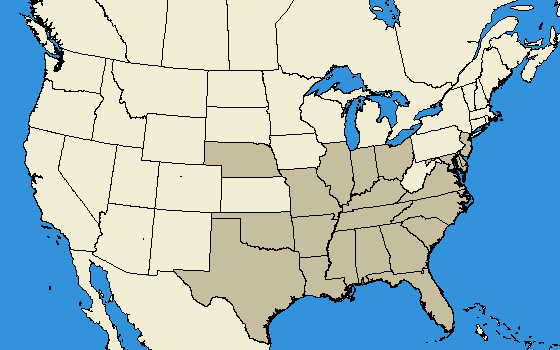If it weren’t for a pile of caterpillar poop (“frass” if you
want to be fancy), I never would have found myself cutting open a prickly pear
pad (and by "myself", I mean watching my lovely wife cut open a prickly pear pad as I became distracted by some large ants), nor would I have learned about cactus-boring caterpillars.
 |
| Prickly Pear, Opuntia sp., is a common sight in southwest Kansas. |
There I was, minding my own business, walking around a dried
up lake adjacent to some remnant sand-sage prairie that is officially “not open
to the public”, hoping to reap the benefits of some remnant sand-sage prairie
edge effects, when I noticed a pile of frass on a prickly pear pad.
 |
| Yes, it does look like something pooped on some Prickly Pear, 'cause that is insect poop. |
I’ve seen caterpillar poop in many places before, but never
on prickly pear. Of course, this
warranted further investigation. After finding a stick sturdy enough to compliment the small
blade of a pocket knife, the suspect pad was opened.
 |
| I can't imagine being interrupted mid cacti-binge. |
The culprits were quickly revealed. Gray-ish blue, black-spotted larvae enjoying the dickens out of some prickly pear pads.
 |
| Prickly Pear so good this caterpillar could not be bothered to acknowledge the camera. |
May I introduce to you the North American cactus borer, Melitara sp.(a boring brown moth). Of course, we now have
these larvae housed with fresh prickly pear pads at our home. I mean, don’t YOU want to know which species
of cactus borer this is?
By the way, cactophillic insects can be quite effective. Another cactus borer, the South American cactus
borer, Cactoblastis cactorum (that is the best name on Earth), helped eliminate millions of acres of invasive prickly
pear in Australia in the 1920’s and later it was used in South Africa and even Hawaii. That
same moth is now invasive in North America, so keep an eye out for any bright
orange caterpillars you see in prickly pears. For more information on that invader, see HERE.
Otherwise, go find some cacti to look at too closely!














































